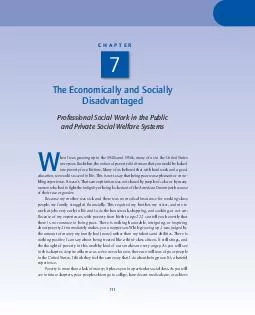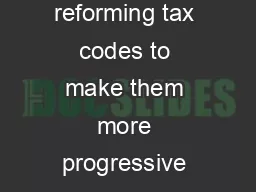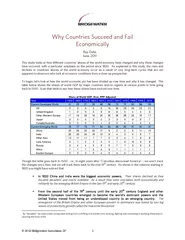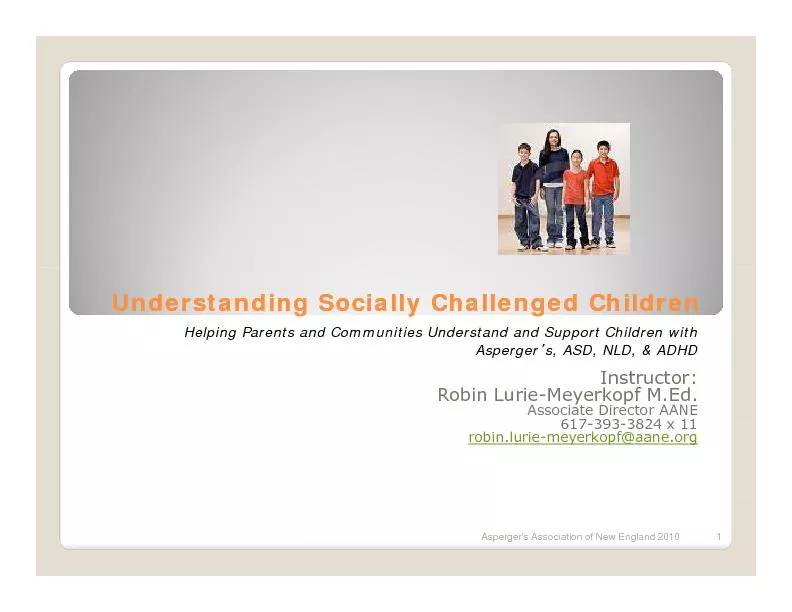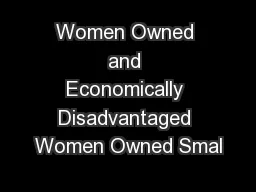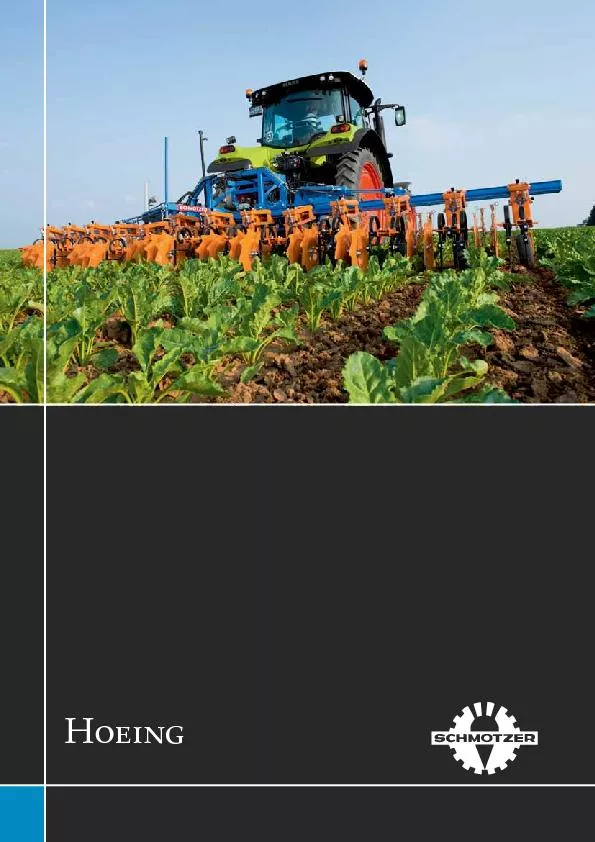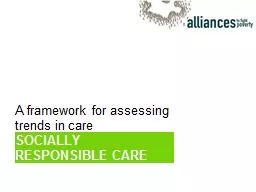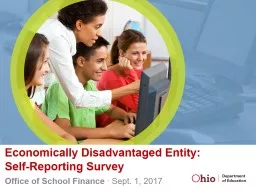PDF-The Economically and Socially
Author : conchita-marotz | Published Date : 2016-05-30
111 CHAPTER Disadvantaged Professional Social Work in the Public and Private Social Welfare Systems W were poor Back then the notion of poverty didn146t mean that
Presentation Embed Code
Download Presentation
Download Presentation The PPT/PDF document "The Economically and Socially" is the property of its rightful owner. Permission is granted to download and print the materials on this website for personal, non-commercial use only, and to display it on your personal computer provided you do not modify the materials and that you retain all copyright notices contained in the materials. By downloading content from our website, you accept the terms of this agreement.
The Economically and Socially: Transcript
Download Rules Of Document
"The Economically and Socially"The content belongs to its owner. You may download and print it for personal use, without modification, and keep all copyright notices. By downloading, you agree to these terms.
Related Documents

